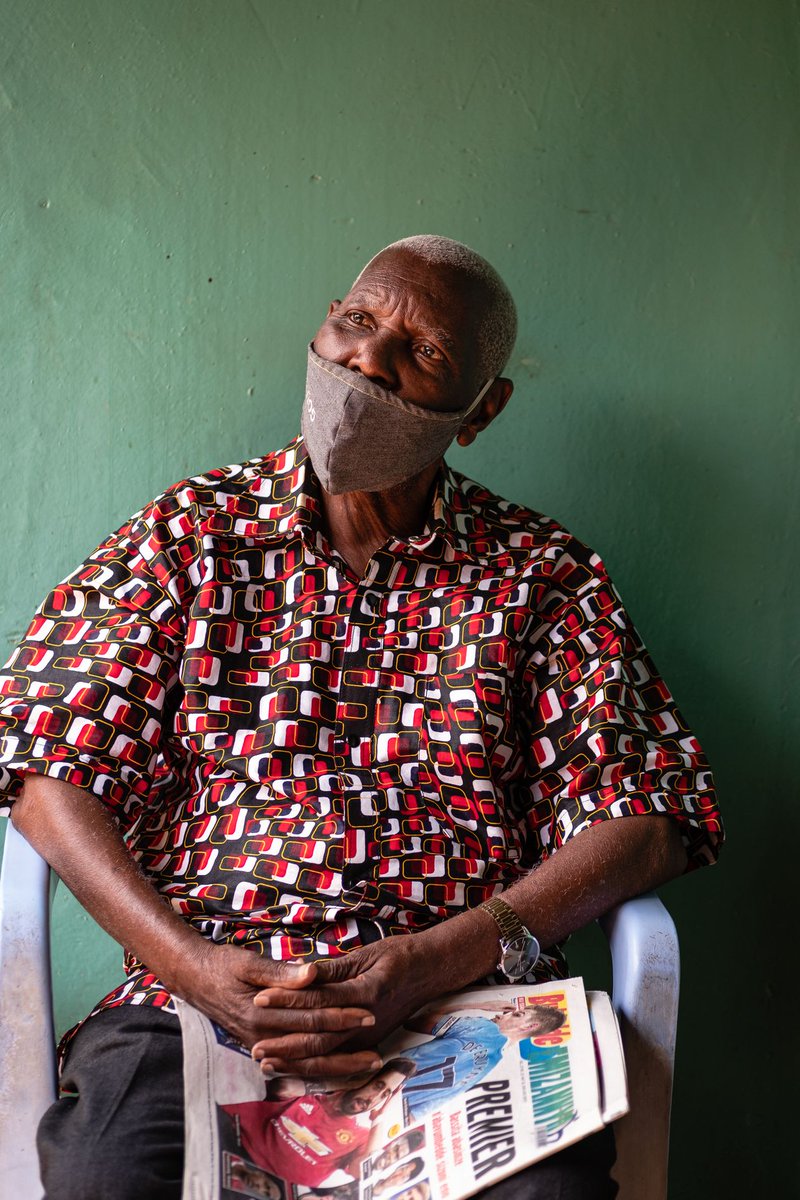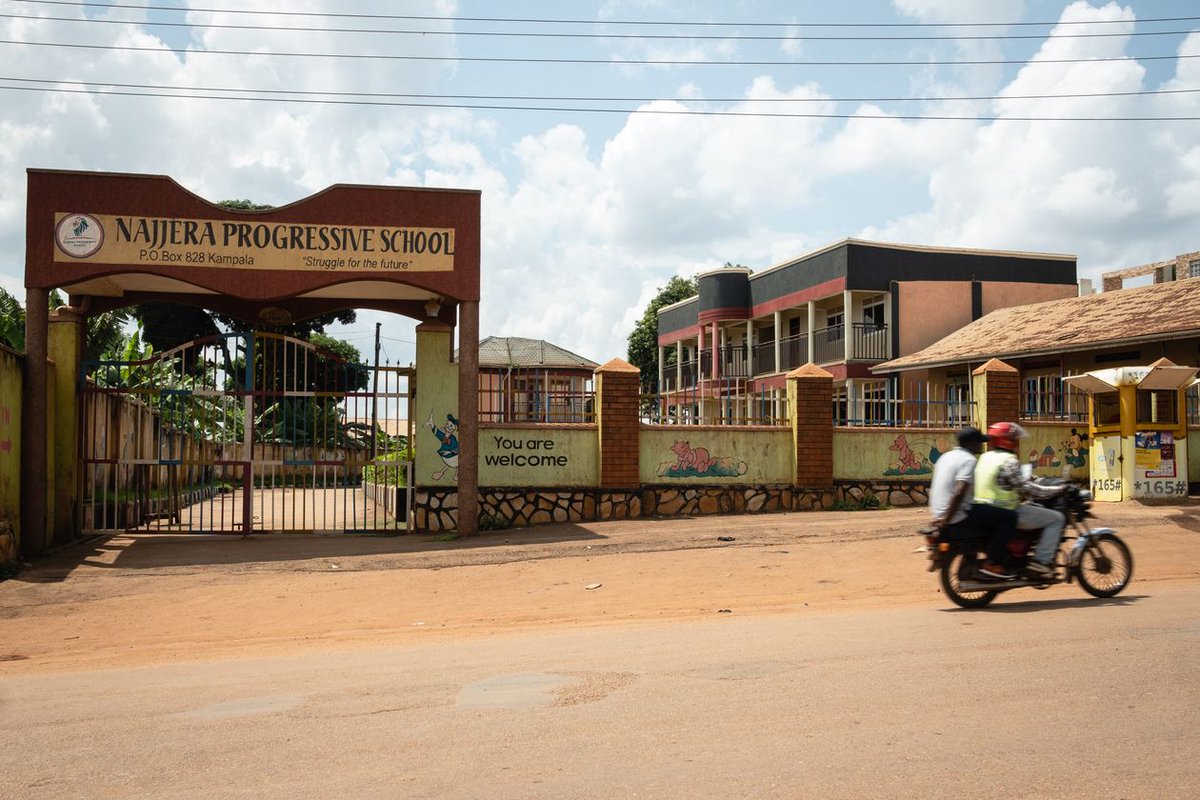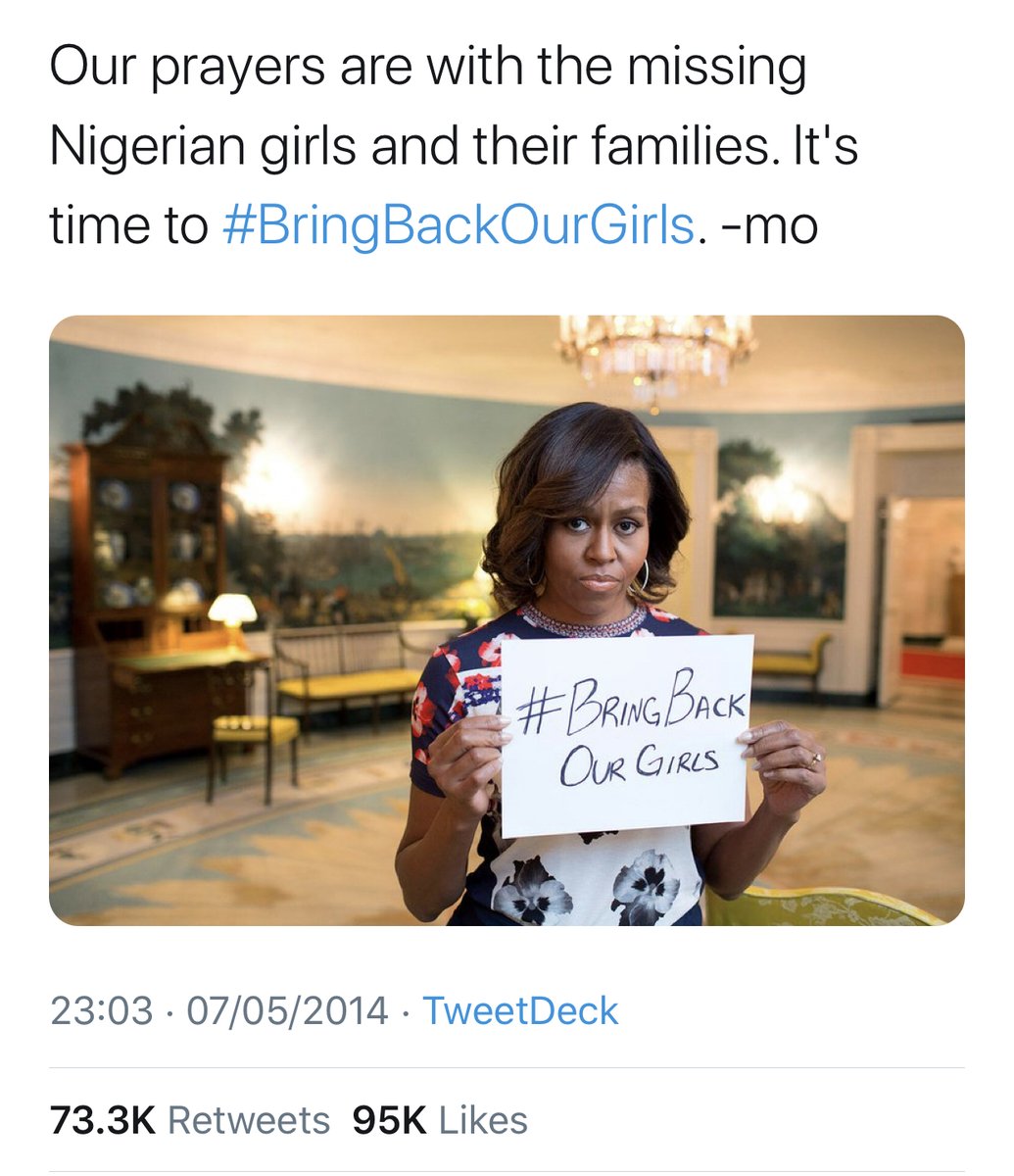
On today's @WSJ front page, our in-depth look at COVID's next challenge: the "great divergence" in growth paths of the world's rich and poor economies.
The dynamic has far-reaching consequences for the global economy and geopolitics. (THREAD)
wsj.com/articles/covid…
The dynamic has far-reaching consequences for the global economy and geopolitics. (THREAD)
wsj.com/articles/covid…
First the landscape: The U.S economy is growing like the “roaring 20s”; China grew 18.3% in Q1; U.K. expanding faster than at any time since WWII.
In the developing world, largely unvaccinated & unable to afford sustained stimulus measures, economies are falling further behind.
In the developing world, largely unvaccinated & unable to afford sustained stimulus measures, economies are falling further behind.
The middle class in developing countries, a key engine of
development, is contracting rapidly, but has barely been dented in the U.S. & China, says @pewresearch. While the U.S. has already rebounded back to growth, lower income countries will take years to return to 2019 levels
development, is contracting rapidly, but has barely been dented in the U.S. & China, says @pewresearch. While the U.S. has already rebounded back to growth, lower income countries will take years to return to 2019 levels
In Latin America, after 15 years of growth powered by commodity exports that lifted millions out of poverty, the economy contracted 7.4% in 2020, the worst downturn since 1821, when the region was immersed in independence wars, says the @the_IDB.
@IMFNews , which calls the dynamic “the great divergence,” warns that many developing economies outside the advanced economies and China could languish for years.
@AminaJMohammed says: “The diverging world we’re hurtling towards is a catastrophe.”
@AminaJMohammed says: “The diverging world we’re hurtling towards is a catastrophe.”
Until the economic shock of the virus and lockdowns, the 21st century had largely been a story of the developing world reducing the gap with the developed world in terms of wealth, education, health and stability.
What are the consequences on the ground?
In parts of Africa, cash-strapped govts are battling a resurgence of infectious diseases like measles & malaria. In Latin America +100 million children—more than half the total—are out of school raising fears of a lost generation
In parts of Africa, cash-strapped govts are battling a resurgence of infectious diseases like measles & malaria. In Latin America +100 million children—more than half the total—are out of school raising fears of a lost generation
@WorldBank says 150m people will be pushed into extreme poverty as a result of covid cruch. @WFP says 34m people are on the brink of famine,+35% in a yr.Anger over surging food prices—often a harbinger of political change—is translating into violent protest from Colombia to Sudan
This is happening as the center of gravity of the virus has inverted.
Europe and North America recorded 73% of daily deaths at the turn of the year during a winter surge, but now Latin America, Asia and Africa together account for 72% of deaths.
Europe and North America recorded 73% of daily deaths at the turn of the year during a winter surge, but now Latin America, Asia and Africa together account for 72% of deaths.
The vaccine gap between rich and poor is now at its most severe since immunizations against Covid-19 started at the end of last year, says @UBS. Europe and US vaccination rates generally range from 30% to 50%. Just 0.4% of Africa's 1.5 billion population is vaccinated.
Making matters worse, much of the developing world entered the pandemic with sharply elevated external debts. Overnight lending rates are 0 or negative in rich economies but 4%+ in many developing economies. If US rates rise materially, it could trigger a debt crisis.
The picture is not uniform and there are reasons for optimism: the sharp rise in commodity prices, from copper to tin to lumber, on surging demand from a rebounding China & U.S., could help producers across Africa and Latin America to rebound & repair beleaguered public finances.
There are millions of people behind these datapoints. Matovu Benard Nsamba, founded the Progressive Private School, outside Kampala. His roster grew rapidly to more than 1,000 students most of whom went to university. Now it is closed - his 70 staff looking for work. 



The divergence of education is particularly alarming. Online schooling isn’t feasible across much of the developing world, where many people can’t afford or get access to the internet.
In Latin America, children are missing far more class days than the most of the world.
In Latin America, children are missing far more class days than the most of the world.
In Lima, Miriam Salcero and her 8-year-old daughter, Brianna, struggle to understand instructions teachers send by WhatsApp voice messages they can only hear if they can afford to buy data. There are no zoom classes. School is unlikely to resume this year. 

The next few months will be crucial as the developing world tries to speed vaccination campaigns.
In some places,anger is already erupting into protest.
In Cali, Colombia, protesters sent a warning: choking off the town, disrupting food supplies and paralyzing businesses (ENDS)
In some places,anger is already erupting into protest.
In Cali, Colombia, protesters sent a warning: choking off the town, disrupting food supplies and paralyzing businesses (ENDS)
• • •
Missing some Tweet in this thread? You can try to
force a refresh






